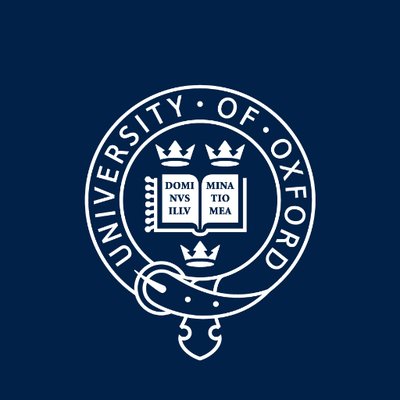University of Oxford: New cross-disciplinary medical research building opens in Oxford
The Institute spans three research disciplines, cardiovascular science, neuroscience and immunology, and will foster multidisciplinary collaborations.
The IDRM is based in the IMS-Tetsuya Nakamura Building on Oxford’s Old Road Campus, between Oxford’s hospitals and alongside the University’s world-leading biosciences, engineering and medical research centres.
The IMS-Tetsuya Nakamura Building was supported by a very generous donation from Dr Tetsuya Nakamura, Chief Director of Itabashi Medical System Group (IMS-Group), and substantial fund-raising from the British Heart Foundation.
Bringing together key insights into the brain, the heart and the immune system, world-leading researchers in the IDRM will come together to meet an urgent unmet clinical need. Two thirds of all deaths world-wide are due to non-communicable cardiovascular, neurological or immunology disorders with a developmental origin. The building, which will house around 240 scientists, is designed to encourage collaborative work between research teams with different disciplines to ultimately develop new drugs and therapeutic strategies to tackle these chronic illnesses. The revolutionary design of the building will ensure that scientists from each section regularly cross paths with and can meet others socially in a way that will foster a cross-pollination of ideas and learnings.
More than 120 distinguished guests attended the opening, including the Chancellor of the University of Oxford, Lord Patten of Barnes and the Vice-Chancellor Professor Dame Louise Richardson DBE, Dr Tetsuya Nakamura, BHF Chief Executive, Dr Charmaine Griffiths, and BHF Medical Director, Professor Sir Nilesh Samani.
Professor Paul Riley, British Heart Foundation Professor of Regenerative Medicine and Director of the IDRM, said: ‘The creation of the IDRM is the most exciting project I have been involved in, as we seek to establish world-leading research programmes merging developmental biology with regenerative medicine. The IMS-Tetsuya Nakamura Building will ensure we can be much greater than the sum of our parts, enabling multidisciplinary collaborations across our major themes in neurology, cardiology and immunology and nurturing the next generation of scientists. With the building now officially open, we are already well underway with the next phase of filling the Institute with the very best researchers and working together to pioneer new treatments for birth defects and acquired diseases.’
Dr Tetsuya Nakamura, Chair of IMS Group, said: ‘I am deeply honoured and grateful to have been able to contribute to the establishment of the IDRM.
‘IMS Group started in 1956 with only 5 beds and has now grown to have 12,000 beds in 134 facilities providing medical and nursing care services. I am one of the Group’s 1,200 doctors, and we all constantly have the difficult job of facing patients with serious cardiovascular, neurological or immune system disorders.
‘It is this experience that led me to support so wholeheartedly the mission of the IDRM and want to contribute to it. I very much hope to be able to contribute to the ongoing development of the IDRM.’
Professor Sir Nilesh Samani, Medical Director at the British Heart Foundation, said: ‘We are proud to support the IDRM to become a new powerhouse in regenerative medicine research. Heart failure affects almost a million people in the UK and many millions round the world. The potential to repair the heart through regenerative medicine brings real hope to these people and the work of the IDRM will have a profound impact.’
The Chancellor of the University of Oxford, Lord Patten of Barnes, said: ‘Regenerative medicine will play an increasingly important role in healthcare as populations grow older and as society continues to tackle the long-term effects of serious diseases like COVID. It is vital that we continue to invest in this research to continue to attract the best international researchers and collaborators, and this would not be possible without the generous support of the donors we are joined by today.’
The Institute has a strong commitment to engage the public with respect to its research and to inform the local community on progress and new developments, and is especially keen to outreach to local schools and colleges and have an open-door policy for organised visits to the Institute.

